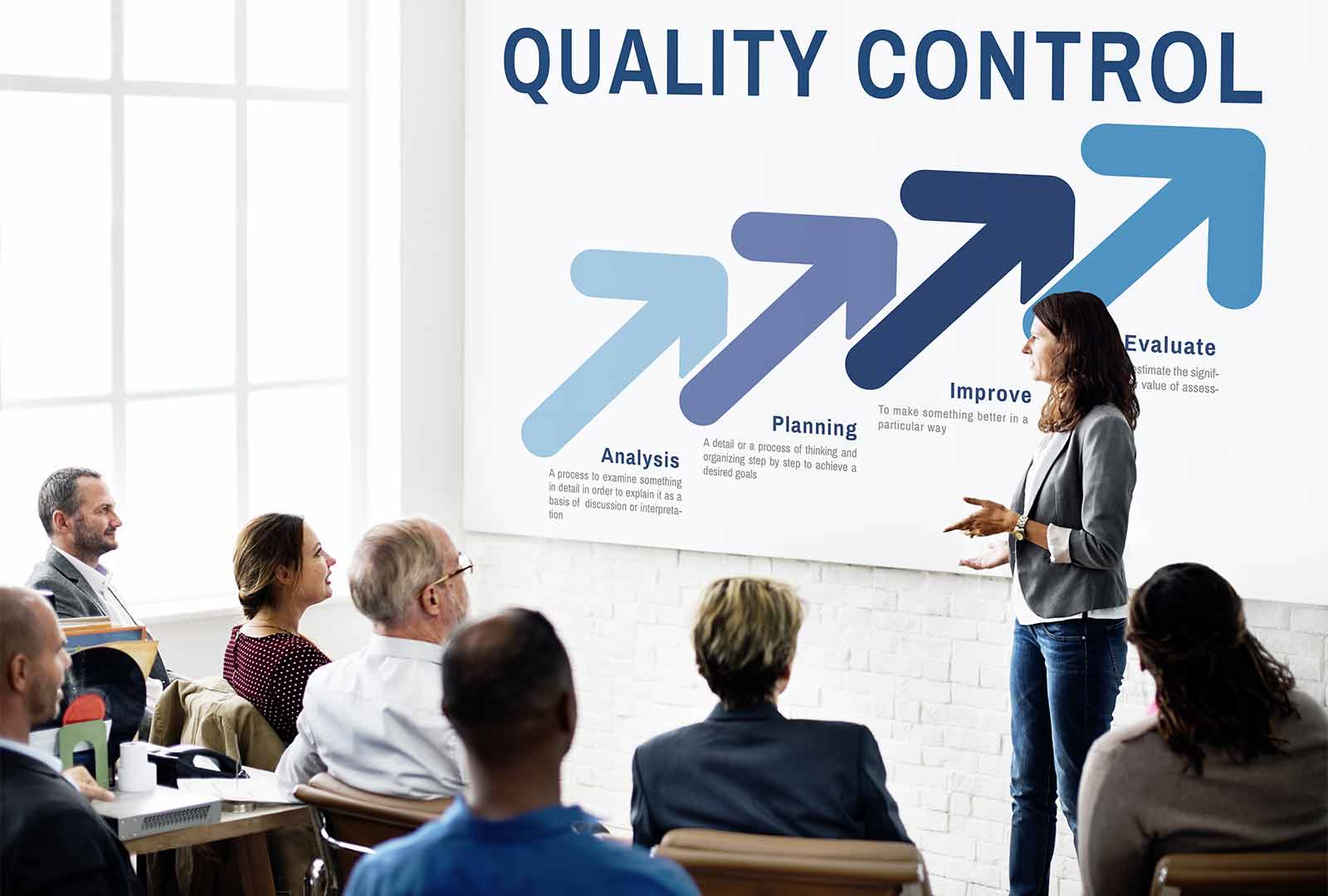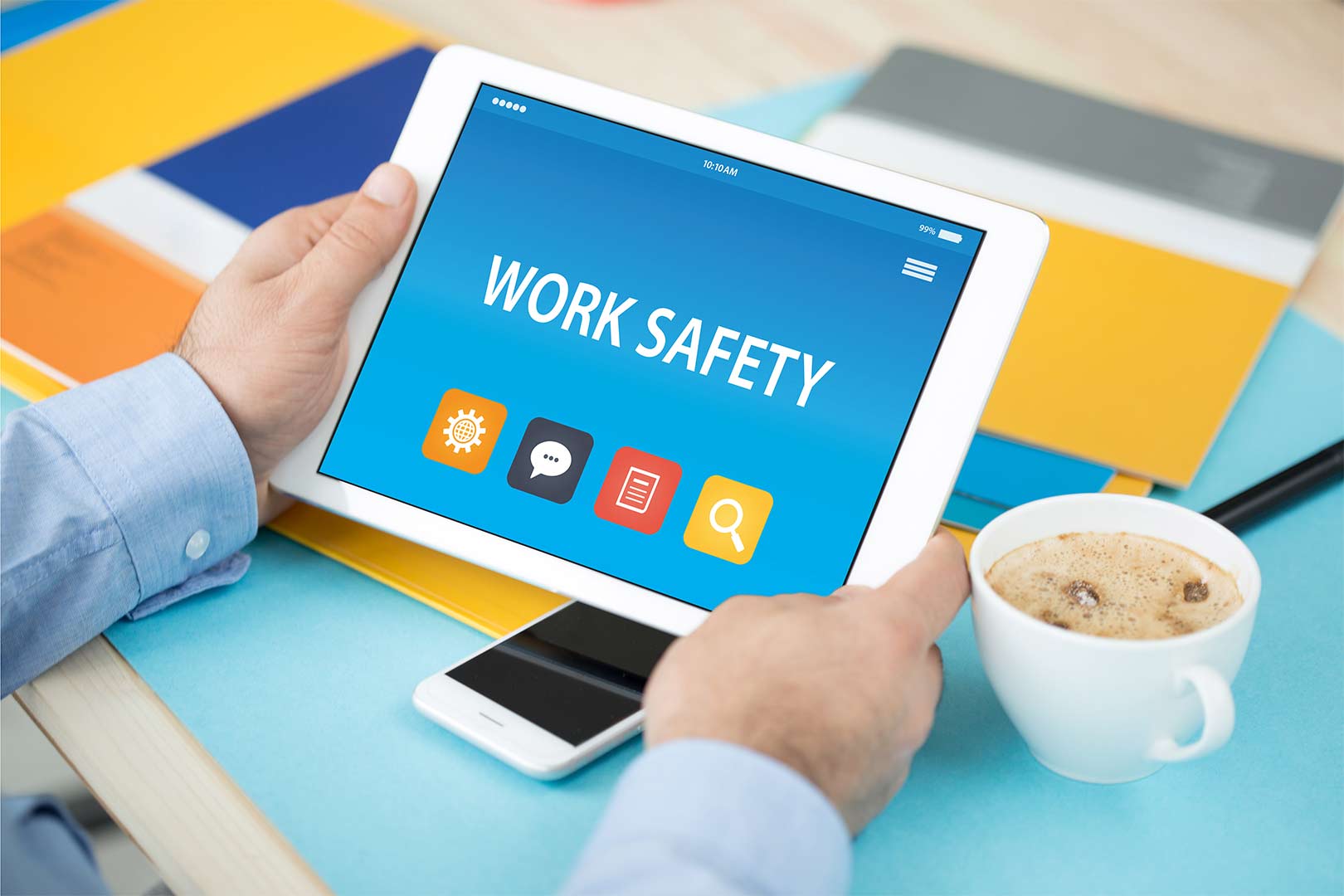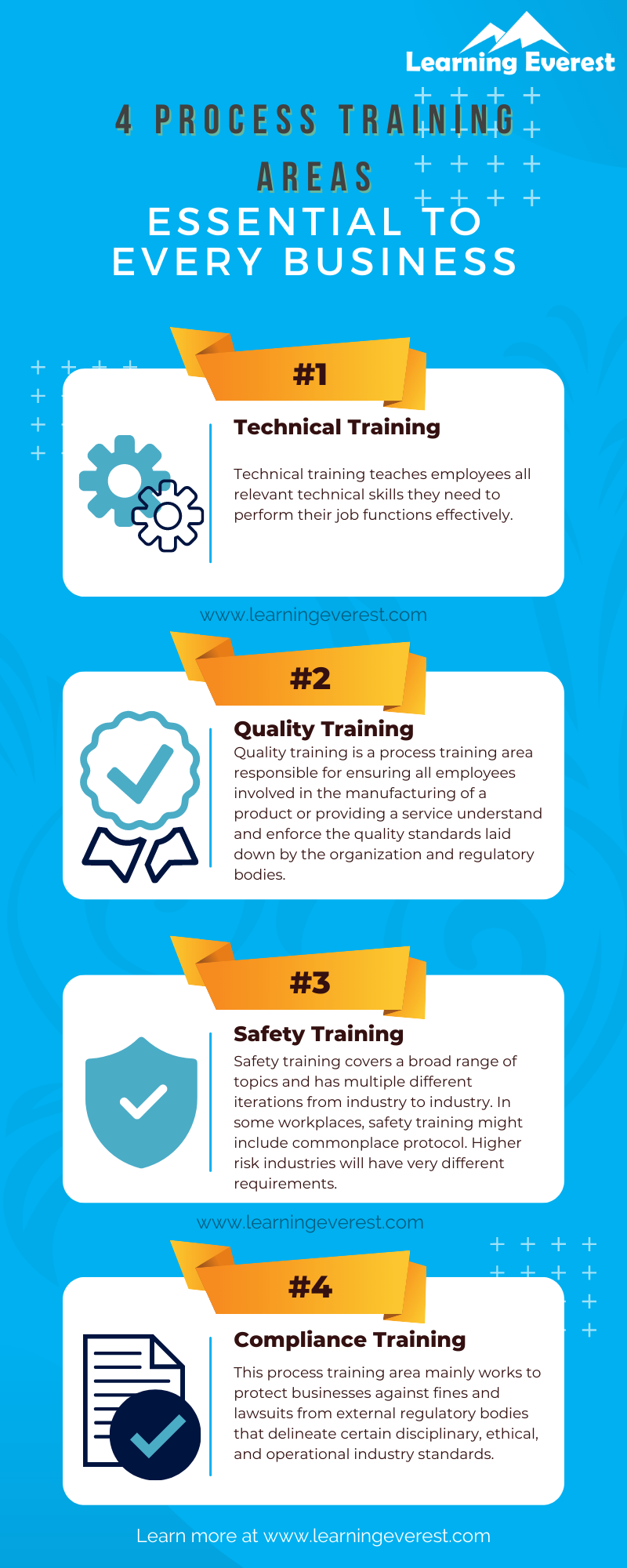Process training refers to organizational learning activities geared at teaching employees how to carry out job-specific tasks efficiently. It is an essential training area for all businesses as it ensures the smooth functioning of the workplace. Organizations depend on multiple processes to function; thus, process training can be thought of as an umbrella term for all these process areas. This article will introduce you to some common process training areas necessary for the functioning of all kinds of businesses.
Table of Contents
- Process Training Area No. 1: Technical Training
- Process Training Area No. 2: Quality Training
- Process Training Area No. 3: Safety Training
- Process Training Area No. 4: Compliance Training
- Leveraging E-learning in Process Training
- Case Study
- Infographic
- Frequently Asked Questions (FAQs)
- What is the difference between process training and other types of employee training?
- How can businesses implement e-learning for process training effectively?
- What are the benefits of using e-learning for process training over traditional methods?
Process Training Area No. 1: Technical Training

Process Training Area No.1 – Technical Training
Technical training teaches employees all relevant technical skills they need to perform their job functions effectively.
Since many jobs are now aided by technology, a significant chunk of technical training deals with the handling and operation of software, machinery, applications, digital systems, codes, etc.
Due to the specialized nature of different organizational departments and job profiles, this process area is highly job-specific and cannot be performed without the right training. Additionally, many specialized technical skills are not transferrable from one job profile to another.
Technical roles, however, are vital to the functioning of organizations and the quality of training directly impacts overall business performance.
Some examples of technical training are data analysis, programming, and operating machinery.
Process Training Area No. 2: Quality Training

Process Training Area No. 2 – Quality Training
At the core of each business is a product or a service. The quality of these products and services impacts the business’ reputation, ability to attract investors, profit margins, and future potential for growth and expansion.
Quality training is a process training area responsible for ensuring all employees involved in the manufacturing of a product or providing a service, understand and enforce the quality standards laid down by the organization and regulatory bodies.
Quality training teaches employees to:
- Take actions to prevent poor quality items or services right from the first step (such as following standardized procedures)
- Identify when a product service is not up to the mark (for example, with the help of a quality checklist)
- Preventing poor quality products and services from reaching customers and clients (such as separating defective pieces)
With thorough quality training, businesses can consistently provide good quality products and services.
Process Training Area No. 3: Safety Training

Process Training Area No. 3 – Safety Training
Safety training covers a broad range of topics and has multiple different iterations from industry to industry.
At its core, safety training ensures that employees:
- Have a safe environment to work in
- Are aware of the occupational hazards that come with their job
- Have the right skills to protect themselves against hazards at work
- Know the safety protocol thoroughly
- Know how to identify when a potentially unsafe incident has occurred or is about to occur
- Know how to mitigate risks and report them
In some workplaces, safety training might include commonplace protocol such as fire and earthquake drills, verbal, physical, and sexual harassment policies, and digital safety programs.
However, higher-risk industries with serious occupational hazards will have very different safety training requirements. These could include wearing special gear, situational and spatial awareness, emergency evacuation plans, special codes, teaching employees how and where to report risks, etc.
Safety training is a very crucial process training area as it protects employees, creates safe working environments, prevents businesses from attracting bad press, and protects assets such as machinery and physical stock.
Process Training Area No. 4: Compliance Training

Process Training Area No. 4 – Compliance Training
Lastly, we have compliance training. This process training area mainly works to protect businesses against fines and lawsuits. All industries are governed by external regulatory bodies that delineate certain disciplinary, ethical, and operational standards that businesses need to follow.
These standards often serve the process training areas mentioned above, either directly or indirectly, but also ensure fair competition and protect consumers’ rights.
Employees and organizations, both, see compliance as a tedious training area, however failure to adhere to these standards can have serious repercussions.
Leveraging E-learning in Process Training
Process training covers a vast majority of business functions, from putting together a skilled workforce to ensuring employees have a safe time at work. However, it is evident that each department’s process training requirements even in the same industry tend to vary. This puts businesses in the position of having to develop a high volume of effective training programs for multiple training areas at once. Naturally, this can be extremely costly and inefficient. Additionally, delivering programs to learners becomes another challenge.
E-learning, however, can provide effective and high-quality solutions to all of these obstacles. Businesses can leverage e-learning for:
- Shorter training development time
- Rapid training development and delivery
- Interactive and engaging courses
- Responsive course designs that can be delivered via an LMS
- Multimedia-rich programs that can even create simulated learning opportunities for maximum effectiveness
- Ample revision and reinforcement opportunities for learners
- Bite-sized training in the form of microlearning and nanolearning modules that fit into busy workdays
- Gamified and narrative-based learning
Thus, for businesses looking for ways to maximize their process training efficiency without compromising on quality of learning, e-learning is an excellent option.
Case Study
Infographic

4 Process Training Areas Essential to Every Business Infographic
To learn more about how eLearning can help you to improve your process training, contact us today.
Frequently Asked Questions (FAQs)
What is the difference between process training and other types of employee training?
Process training focuses on teaching employees how to perform specific job-related tasks efficiently, while other types of training, such as soft skills training, aim to develop interpersonal skills and general workplace competencies.
How can businesses implement e-learning for process training effectively?
Implementing e-learning for process training involves developing interactive and engaging courses, utilizing Learning Management Systems (LMS), creating multimedia-rich content, and offering opportunities for revision and reinforcement. It can be a cost-effective and efficient way to deliver training to employees.
What are the benefits of using e-learning for process training over traditional methods?
E-learning offers advantages such as cost-effectiveness, scalability, flexibility, and the ability to create engaging and interactive content. It also allows employees to access training materials at their own pace and on various devices, improving overall training efficiency.





